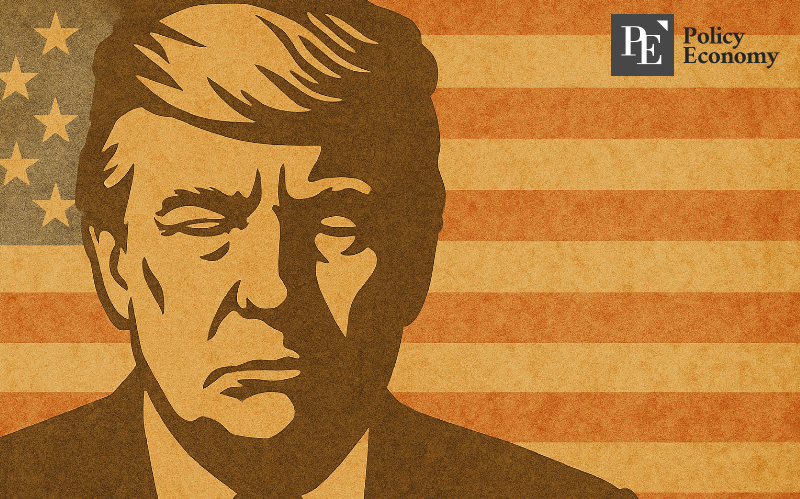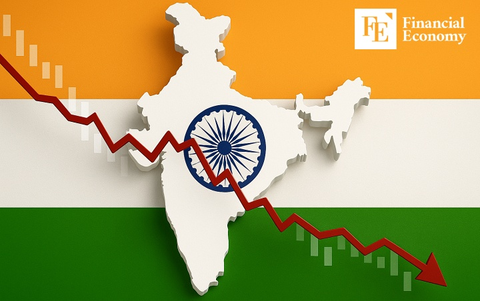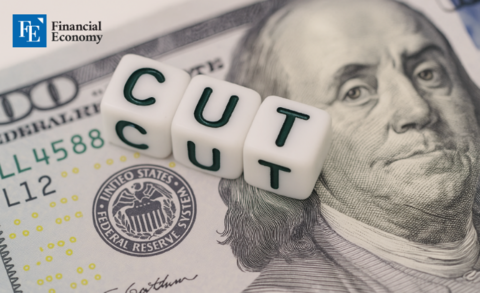Trump's Reciprocal Tariff Policy, Once on the Brink of Being Scrapped, Revived in Just One Day
Input
Modified
U.S. Court of International Trade: "Trump Tariffs an Abuse of Authority" Appeals Court Upholds Tariffs at Government's Request Global Markets Fear Prolonged Uncertainty

Just one day after a U.S. federal court ruled Donald Trump's retaliatory tariffs invalid, the decision lost its immediate effect. On May 29, the U.S. Court of Appeals for the Federal Circuit quickly accepted the Trump administration’s emergency request to pause the enforcement of the lower court’s decision. The sudden reversal signals a looming legal battle over the tariffs, but market sentiment suggests Trump’s tariff policy will continue regardless of legal outcomes.
A Blow to Trump’s Tariff Powers—Then a Reversal
On May 28 (local time), the U.S. Court of International Trade blocked the implementation of the reciprocal tariffs announced by Trump on April 2. According to Reuters, the court ruled that the U.S. Constitution grants taxing authority to Congress—not the President. The judges noted that even under emergency powers meant to protect the U.S. economy, this authority cannot be overridden. As a result, they permanently barred the enforcement of the executive order in question.
The ruling centered on the interpretation of the International Emergency Economic Powers Act (IEEPA). The court concluded that IEEPA does not grant the president unrestricted authority to impose tariffs on foreign goods. Passed in 1977, the IEEPA allows the president to declare a national emergency in response to unusual or extraordinary threats to U.S. national security, foreign policy, or the economy. Trump had argued that America’s chronic trade deficits qualified as such a threat, justifying the aggressive tariffs.
However, the court rejected this view, stating that trade deficits do not constitute a national security emergency. It deemed Trump’s invocation of IEEPA as a temporary trade regulation tool—not a weapon for trade wars. Consequently, the 10% baseline tariff imposed globally and additional reciprocal tariffs targeting countries like China were rendered legally vulnerable.
Appeal Halts the Ruling and In Effect until June 9
In response, the Trump administration filed an immediate appeal and requested a stay of the ruling. The very next day, the appeals court granted the request, effectively reinstating the contested tariffs—at least temporarily.
The court ordered plaintiffs to respond to the government’s stay request by June 5, with the administration’s reply due by June 9. After reviewing the submissions, the court will decide whether to maintain the stay while the appeal proceeds. If the stay remains in effect, Trump’s tariffs could remain valid for months, or even longer, as appeals often take up to a year. The legal process around the stay is distinct from the broader appeal.
Despite the legal volatility, experts downplay the likelihood of significant international fallout. With many major trade negotiations expected to conclude before a final court ruling, the decision may ultimately have limited practical impact. A market analyst noted that "the Trump administration can resort to alternative legal justifications or diplomatic pressure to maintain tariffs, regardless of court outcomes." The European Union, for example, stated that it would proceed with upcoming trade talks with the U.S. as planned, unaffected by the legal dispute.

"No One Knows What Will Happen" — A Market in Turmoil
U.S. markets remained largely unmoved by the court battles. The belief that Trump’s tariffs will persist in some form seems to have reassured investors. On May 29, the Dow Jones Industrial Average rose 117.03 points (+0.28%) to close at 42,215.73. The S&P 500 gained 23.62 points (+0.40%) to finish at 5,912.17, and the tech-heavy Nasdaq added 74.93 points (+0.39%) to end at 19,175.87.
Still, concerns are mounting over long-term policy and economic uncertainty. Wall Street analysts are unsure whether the tariffs will ultimately be overturned or what kind of new measures the Trump administration might implement in response. Ulrike Hoffmann-Burchardi of UBS Global Wealth Management commented, “Policy-driven headlines will likely heighten market volatility going forward,” adding that while U.S. equities could trend higher over the next 12 months, short-term gains may remain limited.
Foreign exchange markets also reflected growing anxiety. On May 29, the USD/KRW exchange rate closed at 1,371.10 won—down 5.40 won from the previous session in Seoul. Compared to the weekly close of 1,375.90 won, the Korean won strengthened by 4.80 won. Analysts attribute the dip to market fears of Trump’s unpredictability, which weakened the dollar.
The U.S. Dollar Index, which measures the greenback against six major currencies, fell 0.565 points to 99.348 on the same day. As the legal and political drama continues, markets remain alert, but not yet alarmed—anticipating that, one way or another, Trump’s trade tactics will remain in play.





















